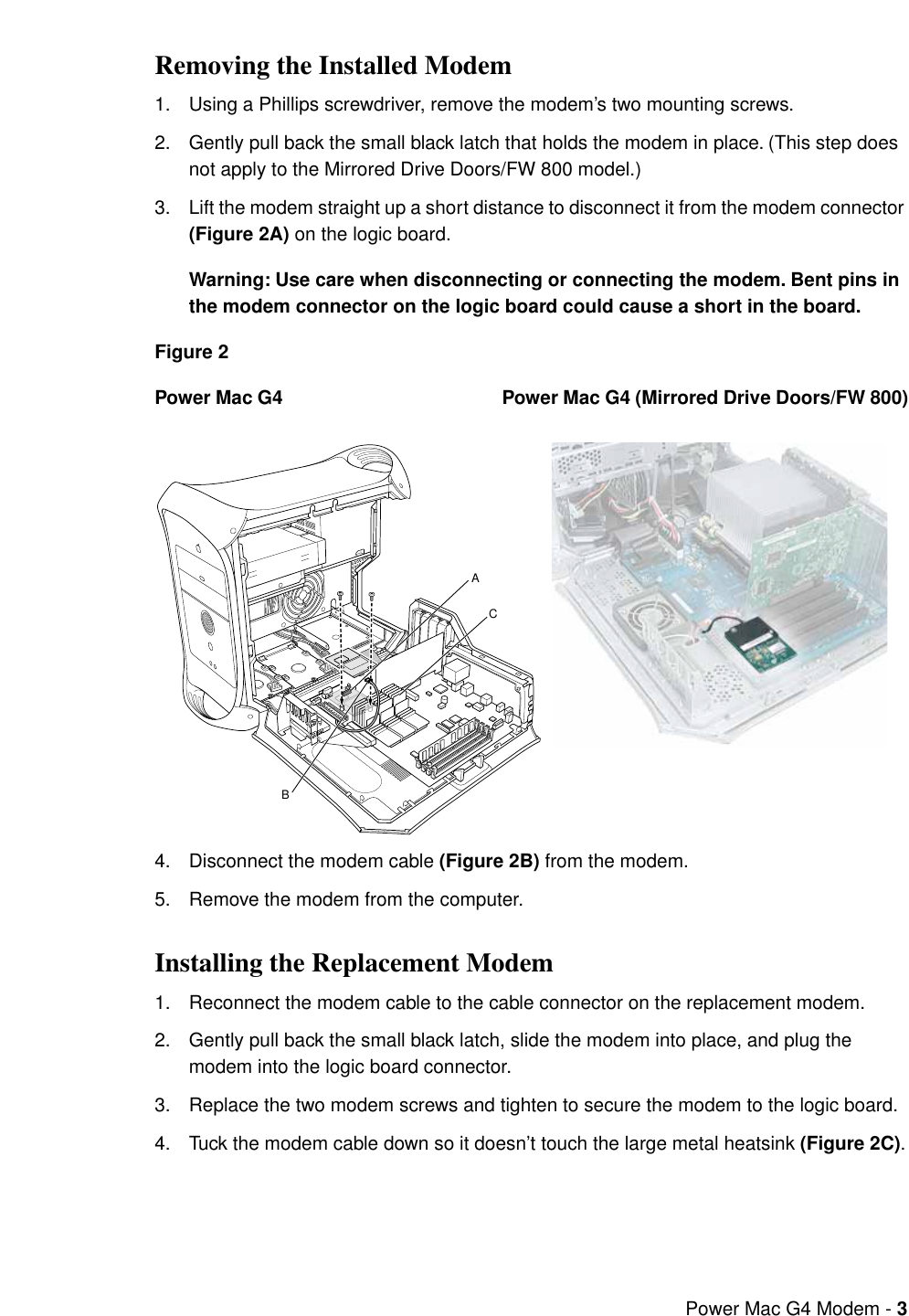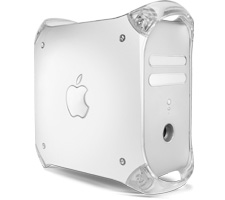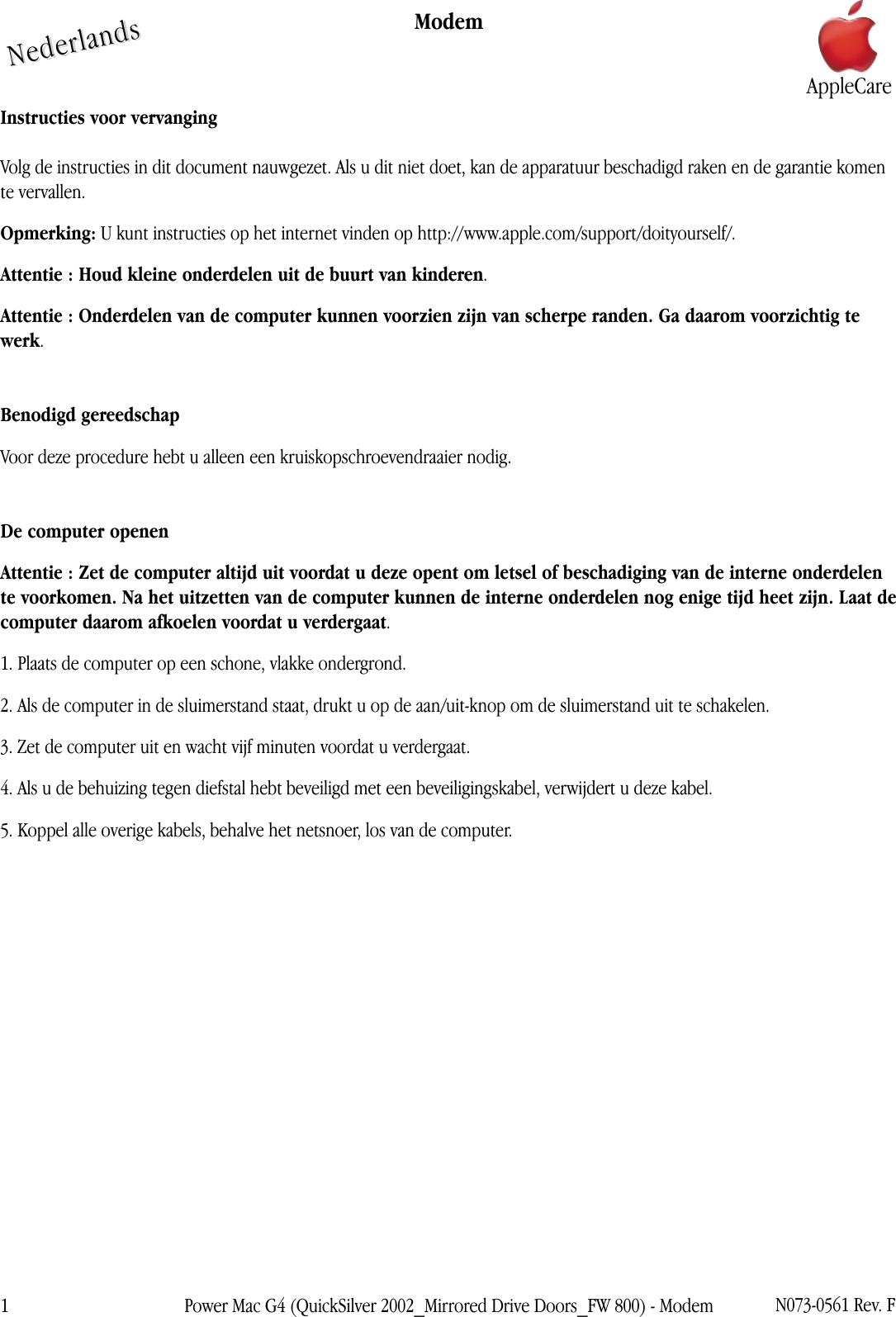At Macworld in January 1999, Apple announced the Power Macintosh G3 (Blue and White).
- Apple Power Mac G4
- Apple Power Mac G4 Quicksilver 2002 User Manual Pdf
- Apple Mac G4
- Apple Power Mac G4 Specs
From 1997 to 1999, Apple had been shipping a Power Macintosh with a G3, but this new, colorful machine a much more forward-thinking rig. In addition to an all-new case that was easily opened for upgrades and maintenance, the machine added USB support, dropped the floppy drive and was the first Power Macintosh to be built using the New World ROM.
However, it was clearly a machine that was stuck in between two eras. It still packed an ADB port, for crying out loud.
The Apple Power Macintosh G4/800 (Quicksilver 2002) features an 800 MHz PowerPC 7450 or PowerPC 7455 (G4) processor with the AltiVec 'Velocity Engine' vector processing unit. I am a huge fan of older Macintosh computers, especially Steve Jobs era Macs! In this video I showcase an Apple Power Mac G4 (QuickSilver) 2002 model that I.
So, in August 1999, at the Seybold Conference, Steve Jobs introduced the Power Mac G4.
Models
Power Mac G4 (PCI Graphics)
The original Power Mac G4 looked was the same size as the Power Mac G3 it replaced, but was cladded in a more adult graphite skin. This look would continue, basically, unchanged until the QuickSilver was released in July 2001:
all product images via Apple PR
Originally, Apple shipped two tiers of G4s. The low-end model — codenamed Yikes! — was basically a Power Macintosh G3 with a G4 chip dropped in, with the ADB port removed from the board. It shipped for $1,599, and while faster than the Blue and White, lacked many of the features found in the more expensive machines.

Shipping in August 1999 at 400 MHz, the PCI Graphics machine was dropped to 350 MHz just two months later, due to yield issues with the faster machines.
Power Mac G4 (AGP Graphics)
The two AGP Graphics machines — dubbed “Sawtooth” — announced at the same time formed the upper tier of the original Power Mac G4 family. Instead of using the G3-based logic board, these machines were powered by mostly-new silicon, giving users improvements such as AGP-based graphics, AirPort compatibility, DVD-ROM or RAM standard, an internal FireWire port, 2 separate USB buses, a 2X (133 MHz) AGP slot, and up to 1.5 GB of RAM.
This was the one to buy.
A $2,499 450 MHz and $3,499 500 MHz configurations went for sale in September 1999, but after IBM struggled to keep up with demand for the 500 MHz processor, Apple dropped back to slower chips, but didn’t drop the price. Thus, the most AGP Graphics found today are either 400 or 450 MHZ models.
Both original Power Mac G4 tiers would boot in to Mac OS 8.6, and support up to OS X 10.4.11.
Power Mac G4 (Gigabit Ethernet)
In July 2000 at Macworld Expo New York, Apple revved the PowerMac G4 for the first time. In addition to the name-earning Gigabit Ethernet support, these machines came with a higher RAM ceiling (now 2 GB) and — at the right price — dual processors.
A single processor 400 Mhz model replaced the Yikes! model at the $1,599 price point, while $2,499 would buy a dual 450 MHz machine. The elusive 500 MHz processor returned, in a dual-chip setup for $3,499.
Here’s what Steve Jobs said in Apple’s PR piece:
Apple is the first to make dual processors a standard feature in high-performance personal computers—and we are doing it without raising prices. These machines are wicked fast, leaving Pentiums in the dust, and we think our customers are going to love them.
The machines were the first to ship with support for ADC, to power Apple’s then-new Cinema Displays. ADC deserves an article all to itself, but the proprietary connector bundled DVI video, power, and USB together in one cable. Mercifully, Apple included a VGA port as well for users with older monitors.
The Power Mac G4 (Gigabit Ethernet) would boot anything from Mac OS 9.0.4 to Mac OS X 10.4.11.
Power Mac G4 (Digital Audio)

At Macworld in January 2001, Apple expanded the Power Mac G4 line into four base models:
- $1,699 (466 MHz)
- $2,199 (533 MHz)
- $2,799 (667 MHz)
- $3,499 (733 MHz)
All four models shipped with single processors, but the 533 MHz model could be custom-ordered to have dual chips. Initially, the 667 MHz wasn’t available, but was added later. The high-end 733 MHz model could be ordered with the just-announced “SuperDrive,” an optical drive that could read and write both CDs and DVDs.
All four models came with a new built-in amplifier that was able to drive USB speakers in addition to the standard 1/8-inch audio-out port. The Gigabit Ethernet model also brought a 4th AGP expansion slot the chassis, a feature Apple would highlight with the QuickSilver models.
It’s minimum OS was Mac OS 9.1.
Power Mac G4 (QuickSilver)
Launching in July 2001, the QuickSilver G4 brought a level of refinement to the Power Mac’s case not seen before. Losing the graphite and pin striped, the new case sported a matte silver palette that — in my opinion — still looks great.
The QuickSilver wasn’t just a pretty face, though. Apple offered 733 MHz, 867 MHz, and Dual 800 MHz models, with the SuperDrive built-in to all but the cheapest model, which was now $1,699. Every model came with at least 32 Mb of VRAM, which made running OS X much less painful. While technically the QuickSilver wasn’t a huge jump forward, Apple pushed the QuickSilver as a massive breakthrough.
The 867 MHz model is the oldest PowerMac G4 that can run OS X Leopard.
Power Mac G4 (QuickSilver 2002)
The only revision to the QuickSilver line was the first Mac to break the “Gigahertz barrier.”

While a new DDR SDRAM L3 cache was found on the $2,299 933 MHz and 2,999 dual 1.0 GHz models, the entry-level 800 MHz machine was basically just a speed bump over the older machines, but with better support for hard drives over 128 GB in size.
Apple Power Mac G4
The “QuickSilver 2002ED” model was the first Power Mac not able to boot in to OS 9, but otherwise is basically the same machine as the normal 2002 model.
Power Mac G4 (Mirrored Drive Doors)
With the Mirror Drive Door G4 in August of 2002, Apple once again revised the look of the Power Mac G4. The case color was a lighter gray than before, with the front of the case receiving larger, shinier optical bay drive doors. The speaker was moved higher up on the case for the first time, leaving room for four goofy vertical grooves.. The new cases added some weight, however, making these machine clock in at 42 pounds, up from the 30 pounds all previous Power Mac G4s weighed.
The MDDs gained several improvements thanks to the Xserve G4 Apple shipped in early 2002. The bus speed bus speed on most models was raised to 166 MHz, and Apple finally broke past the 1.5 GB RAM ceiling, with the new machines supporting up to 2 GB of PC–2100 or PC–2700 RAM.
On the processor front, things had improved as well. A dual 867 Mhz model could be picked up for $1,699, while $2,499 and $3,499 would score a dual 1.0 GHz or dual 1.25 Ghz machine, respectively. As with most of the Power Mac G4 revisions, the low-end model didn’t get updated graphics — in this case, the ATI Radeon 9000 Pro, or a SuperDrive.
All of this power came with some trade-offs, however. Quickly dubbed the “Windtunnel,” the Mirror Drive Door machines were shunned by many audio engineers with recording studios. Additionally, many models suffered from failing power supplies. While Apple’s replacement power supply and fan kit would help with both problems, the machines never really shook their reputations as being loud, hot and somewhat unreliable.

The original Mirror Drive Door machines will run anything from Mac OS X 10.2 to 10.5.8, but can also boot OS 9.
Power Mac G4 (FW 800)
At Macworld in January 2003, Apple revved the Power Mac G4 for what would be the last time, and the company made it count.
In addition to the new FireWire 800 port found on the back, these machines supported 802.11g via a slot for Apple’s new AirPort Extreme card and even supported Bluetooth 1.1 with an optional add-on card.
The machines were also cheaper than ever before. A single processor 1.0 GHz model was just $1,499, while a dual 1.25 GHz model was $1,999. The dual 1.42 GHz machine was $2,699, making it the cheapest high-end Power Mac not only to date, but of all time.
The two upper-tier models sported a 167MHz bus, at least 64 MB of VRAM and either 1MB or 2MB DDR SRAM (per processor) of L3 cache, depending on which clock speed was purchased.
The Power Mac G4 (FW 800) requires Mac OS X 10.2.3, and will run up to Mac OS X 10.5.8. It will not boot OS 9.
Power Mac G4 (Mirrored Drive Doors 2003)
The last Power Mac G4 was released in June 2003, and is a rather side end-note to what was one hell of a run.
To offset the Power Mac G5 announced at WWDC in 2003, Apple shipped the last Power Mac to boot OS 9 and OS X.
The machine lacked the FireWire 800 port found on its immediate predecessor, as no Mac with built-in FireWire 800 can boot OS 9.
Apple Power Mac G4 Quicksilver 2002 User Manual Pdf
Available only in a single SKU at $1299, the machine was powered by a single 1.25 GHz processor and came with 256 MB of RAM, an 80 GB hard drive and a Combo CD-RW/DVD-ROM drive. Dual processors could be added as a BTO option.
The Power Mac G4’s Legacy
The Power Mac G4’s AltiVec technology’s opened up doors that Windows users didn’t have by bringing the ability to do 32-bit floating point math to a reasonably-priced desktop machine.
Especially in the early days, Apple was very proud of the G4 chip, and had numerous ads saying so.
(Of course, this wasn’t new. The Pentium II snail ad comes to mind.)
One such early ad was based on the fact that Apple was forbidden to export the G4 to many countries due to its “supercomputer” classification by the US government.
Apple Mac G4
More critical than clever ads, however, the Power Mac G4 helped Apple re-gain ground it had lost with professional video editors, graphic designers and the like. Apple spent several years steadily upgrading the machines, making them faster and stronger — usually for the same price. With high RAM ceilings and lots of drive bays, the G4 was a great tool across multiple industries.
Apple Power Mac G4 Specs
The G4 towers were the best way to transition to OS X. The graphite machines and the early QuickSilvers could dual-boot OS 9 and OS X, while all of them could run the Classic Environment easily. In fact, the raw power of the Power Mac G4 towers made them the machine of choice for people who were diving head-first into OS X.
The Power Mac G4 set the example for Apple’s still-used “one low end, two upper-end” model when it comes to Mac hardware. At first a by-product of using both PCI and AGP graphics, the company stuck with the model throughout the history of the product line.
In addition to continually iterating the internals of these machines, Apple used the Power Mac G4 line to consolidate and tone down its design language. As Apple grew stronger and more mature as a company, so did its products. The late Power Mac G4s were decidedly less weird than the early ones, and it served the company well.